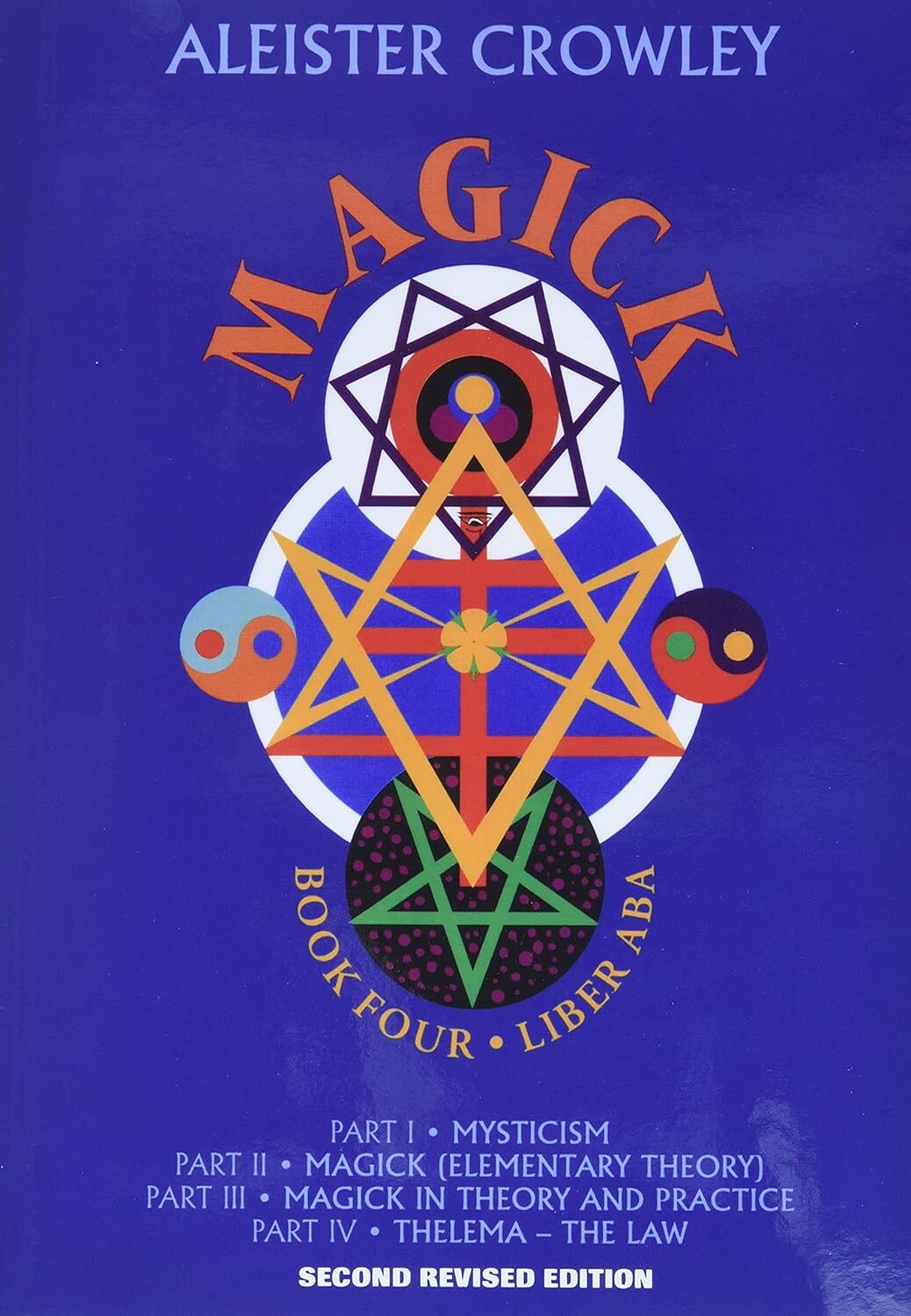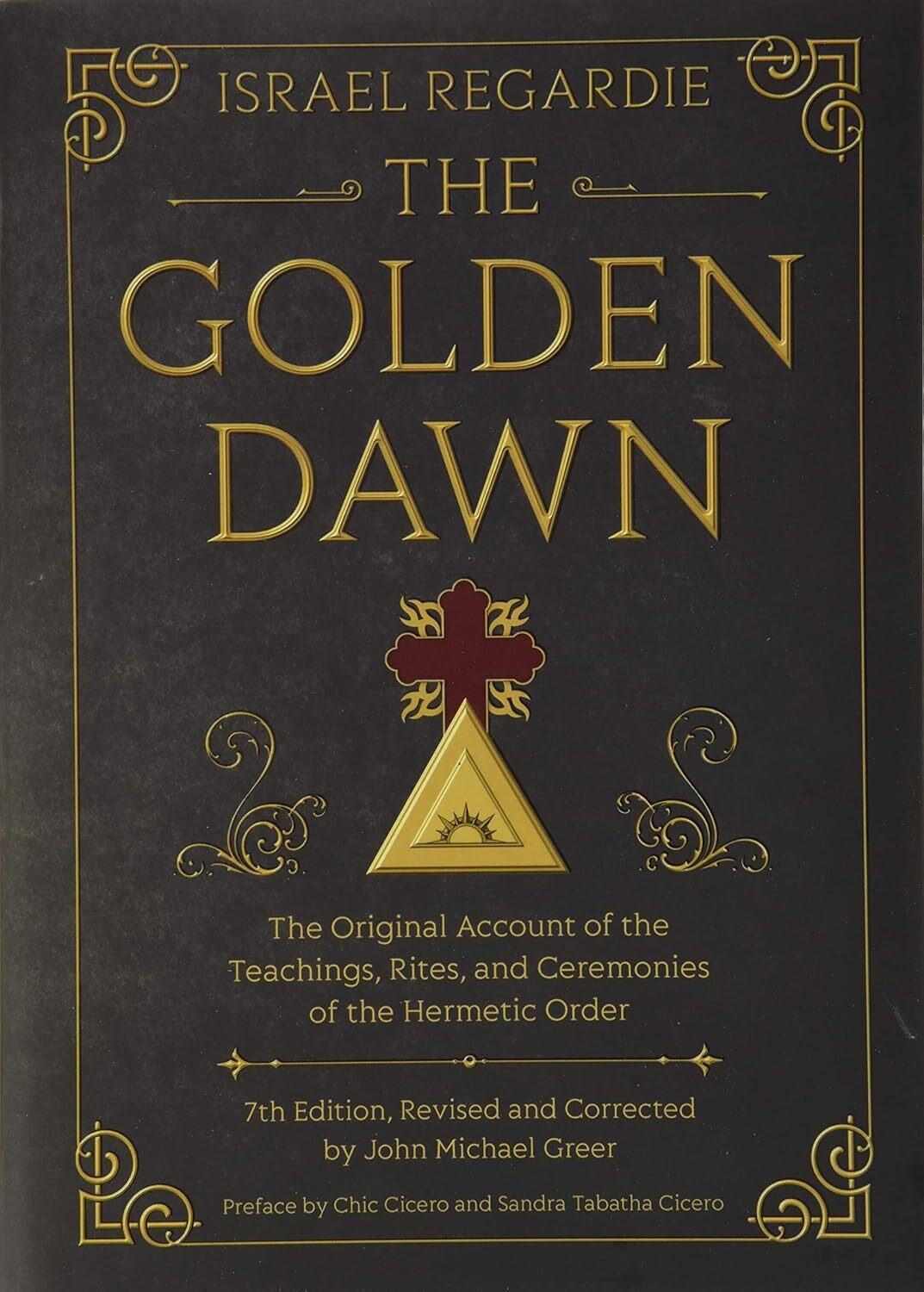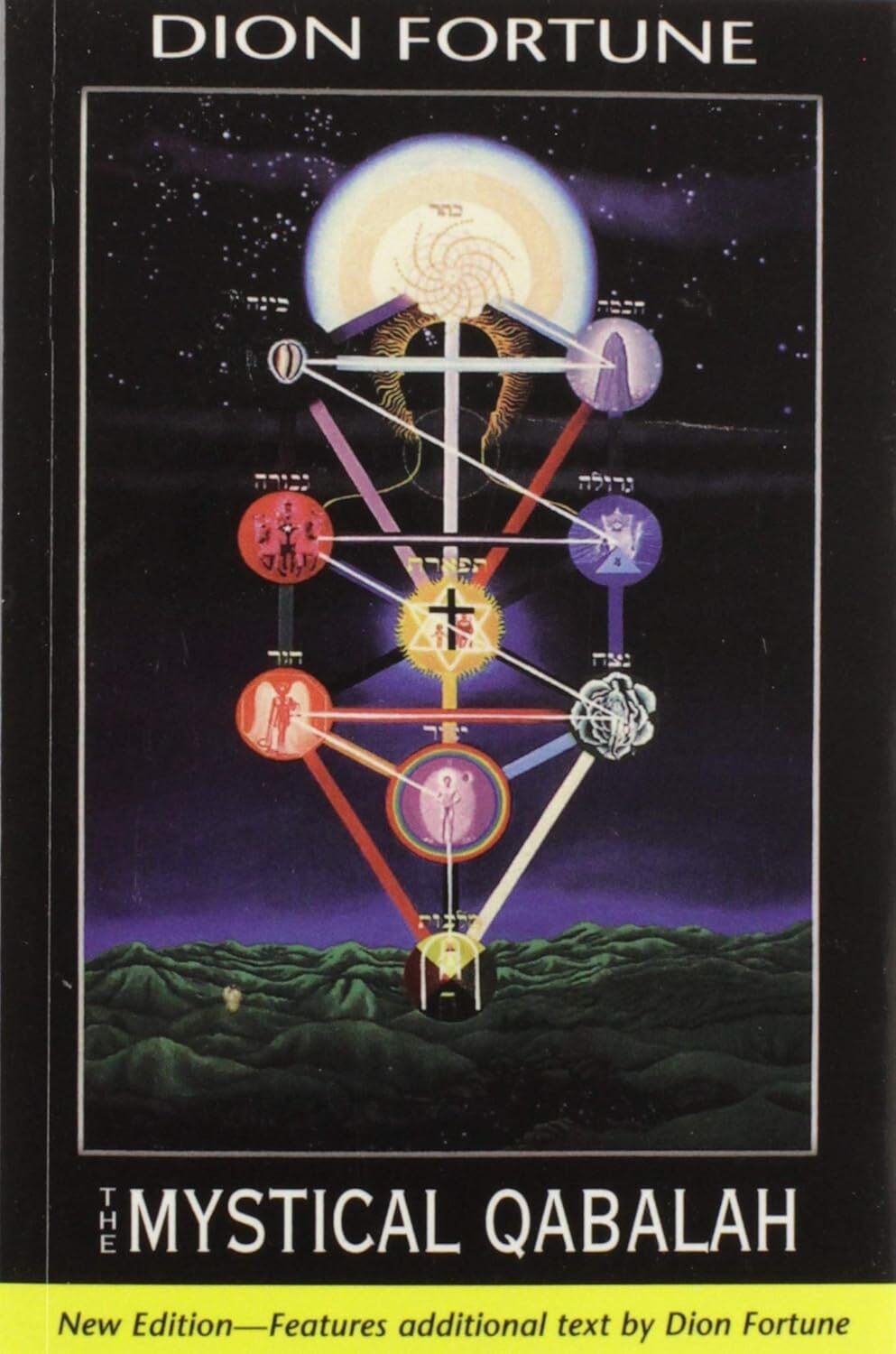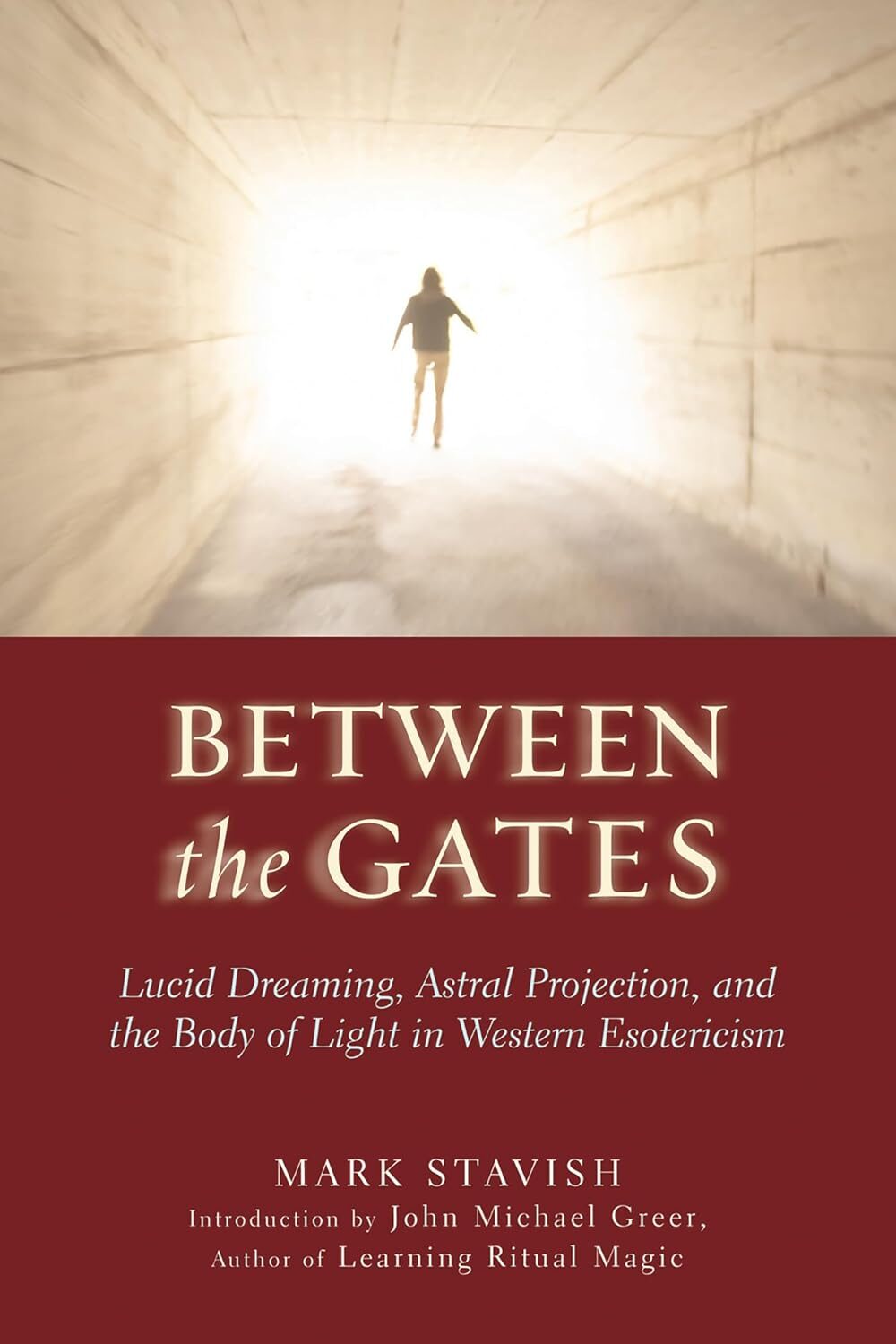
For the modern seeker, The Gnostic Gospels is more than a historical recounting—it is a manifesto of reclamation
— Xavier Black, iOccult
Author:
Year Published:
1979
Core Themes:
Reading Time:
5-6 hours
Original Language:
English
About The Book…
Discover why this book is held in such high regard—not just by me, but by the entire esoteric community.
Summary & General Overview
At its core, this book exposes the ideological battle that occurred in the first centuries of the Common Era: a struggle between the gnostic vision—an inward, mystical approach to spiritual knowledge—and the emergent orthodoxy of the early Roman Church, which sought to institutionalize faith through hierarchy, doctrine, and control. Pagels’ lucid narrative reveals how and why the gnostic texts were systematically suppressed. Their sin? They affirmed that the divine could be encountered within, without need for priests or mediators.
Drawing directly from the Nag Hammadi manuscripts, Pagels introduces us to alternative gospels—such as the Gospel of Thomas and the Gospel of Truth—that redefine salvation not as submission to an external authority, but as an individual process of gnosis, or direct experiential knowledge of the divine. In this framework, Christ is not simply a singular historical savior but a symbol of the transformative potential within all of us—the indwelling spark of divine consciousness.
Pagels doesn’t merely present historical facts; she probes the existential implications of what was lost when the Church chose power over revelation. What emerges is a portrait of early Christianity that was not monolithic, but wildly diverse, experimental, and esoterically profound.
Legacy & Influence
Before The Gnostic Gospels, the dominant narrative portrayed early Christianity as a unified, orthodox movement from the start. Pagels shattered that illusion. She showed that the first centuries of Christian thought were a wild landscape of competing ideologies—some mystical, some institutional, some liberatory, some controlling. This shift has had a lasting influence on biblical scholarship and religious studies, opening the door for wider exploration of “heretical” or marginalized Christian voices.
Recommended For…
Anyone ready to question the authority of received religious narratives and dive deeper into the hidden teachings of Christ
Practical Use
Recover the Lost Map of Early Christianity
By examining the historical and theological forces that led to the exclusion of the gnostic texts, Pagels helps you understand why certain spiritual perspectives were suppressed. This knowledge equips you to critically evaluate institutional religion and recover the missing threads of Christian mysticism, empowering you to re-engage with the faith on your own terms.
Reframe the Christ Archetype
Gnostic thinkers presented a vision of Christ not as a remote deity to be worshipped, but as a symbol of the divine potential within every person. This radically different understanding turns the story of Christ into a mirror—one that reflects your own path of inner transformation. The book invites you to reimagine salvation not as obedience, but as awakening.
Integrate Hermetic and Platonic Principles
Early Christian mysticism didn’t emerge in a vacuum. Pagels demonstrates its resonance with Hermeticism and Platonism—traditions that hold self-knowledge, spiritual ascent, and union with the divine as central goals. These links provide a framework for integrating Christian symbolism with broader esoteric practices. Learn more about Hermeticism here.
Activate the Inner Tradition
Most importantly, The Gnostic Gospels points you toward the inner, experiential tradition of Christianity—one that values direct knowledge of God (gnosis) over belief, transformation over conformity. This shift has practical implications for daily life: how you pray, how you meditate, how you relate to yourself and others, and how you navigate suffering and joy with a greater sense of spiritual agency.
Related Texts & Resources
-
Magick Without Tears
This is Crowley’s most approachable work—the great beast writing in plain English. Instead of dense symbolism or cryptic formulae, here we find him as a teacher, answering his students’ questions with clarity, wit, and surprising warmth.
-
The Complete Golden Dawn System of Magic
This is the master textbook of Golden Dawn magic—the closest thing to a complete curriculum for self-initiation and ceremonial practice within the Western Mystery Tradition.
-
The Mystical Qabalah
If you’re serious about developing a grounded, effective spiritual path within the Western Mystery Tradition, The Mystical Qabalah is indispensable. It’s not flashy or easy, but it is profoundly transformational and for this reason it is an essential text for anyone starting out on the path of return.
-
Between The Gates
If you have any fear of death or want to know more about what happens when you die, this is the only book you need to read. Stavish is a master and this is his magnum opus.
-
The Gnostic Gospels
For the modern seeker, The Gnostic Gospels is more than a historical recounting—it is a manifesto of reclamation
-
Meditations on the Tarot: A Journey into Christian Hermeticism
This book challenged and expanded my understanding of both Christian spirituality and esoteric symbolism
-
Hermetica: The Greek Corpus Hermeticum and the Latin Asclepius
If you want to know what Hermeticism is about, this is the text to start with – it is the foundational text.
-
Initiation into Hermetics: The Path of the True Adept
You don’t learn magic by reading Bardon—you learn by doing. Every exercise is engineered to produce tangible shifts in consciousness, perception, and ability.
-
The Hermetica: The Lost Wisdom of the Pharaohs
Freke and Gandy's Hermetica rekindles the sacred fire of the ancients. It's less about historical fidelity and more about spiritual urgency—a beautiful retelling that awakens the divine memory buried in every reader
-
Kybalion: A Study of the Hermetic Philosophy of Ancient Egypt and Greece
The Kybalion is Hermeticism for the modern initiate—a toolkit for mental alchemy that is both simple in its form and infinite in its application.









